Subsea Operations
The Subsea Operations support service is focused on solutions delivery for operational challenges. The service covers everything from initial operations strategies, through general advice, troubleshooting and offshore campaign delivery.
The operations support service typically covers the following areas:
- Operational / Diving management system development
- Operations strategies
- General operations advice
- Troubleshooting/diagnostics
- Spares strategies
- Pigging/ inspection program development
- Pigging management
- Offshore campaign planning and management
- Package management
- Offshore technical representatives
- Inspection, repair and maintenance methodologies and procedures
- Subsea commissioning support
The operations service is aligned on delivering the right solution first time.
Case Studies
EQUIPMENT CRITICALITY REVIEW
SAMPHIRE SUBSEA CASE STUDY
Challenge
The drive to deliver production efficiency, whilst reducing costs and protecting critical infrastructure in a mature environment is a key challenge for operators. If economic recovery is to be maximised, then a clear understanding of the asset’s configuration, operational basis and key production risk areas is required. As well as demonstrating experience in this area (structured review of existing operational assets), Samphire has previously conducted a number of linked studies, from developing an overall subsea spares strategy for a UKCS operator to identifying and managing an asset critical spares philosophy.
Solution
Samphire can offer a comprehensive initial assessment and recommendation based on applying a proven suite of risk based assessment & economic analysis tools to the client’s specific asset inventory and history of operation. Where a strategy already exists, this can be reviewed against current operational basis and brought into alignment with the current industry initiatives.
Result
With a clear overarching strategy in place, the opportunity to increase efficiency, adopt standardisation and embrace collaboration can be realised by assessing individual requirements to component level. Examples of production critical elements previously assessed by Samphire include general subsea controls, flexible pipe jumpers, process valves and development of asset specific SCM strategies.

CAISSON INVESTIGATION STUDY/REPAIRS
SAMPHIRE SUBSEA CASE STUDY
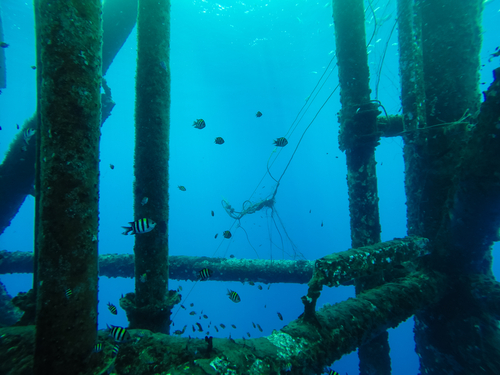
Challenge
A central North Sea platform caisson sheared at the caisson guide during a winter storm and fell to the seabed. A large section was embedded in the seabed with the other end resting against jacket members.
Samphire was engaged at short notice in support of the immediate ‘make safe’ response and requested to complete an engineering study to provide guidance on the options for debris removal associated with the failure.
The main platform export line was located almost directly below the failed caisson which carried considerable risk in any solution development.
Solution
At short notice Samphire pulled an experienced multi-discipline team together to frame the options which were further developed and evaluated.
A phased solution was eventually recommended, where the most critical activities (removing / repositioning of pump string, protective grout bags) were performed first, followed by development of restraint solutions related to long-term stability. It was assessed that recovery of the caisson presented greater risks than leaving it in situ and providing appropriate stabilisation.
Result
As a result of this work the operator was able to make safe the current situation and re-establish production from the asset in a relatively quick timeframe.
SUBSEA IRM – GENERAL SUBSEA SUPPORT
SAMPHIRE SUBSEA CASE STUDY
Challenge
Samphire provided subsea IRM and marine activities support to a small operator.
A major activity being supported was the repair of the FPSO mooring system. This involved carrying out replacement / repair on two mooring lines. It was a complex activity involving multiple vessels to effect the full repair / replacement scope. The challenges included weather sensitivity, POB limitations on the FPSO, and SimOps with FPSO shutdown work.
Other support included extensive interface with a third party subsea field operator, where it was required to approve vessel entry to FPSO or subsea 500m zones from a Duty Holder perspective.
In addition, a turret bearing inspection workscope was developed and executed offshore as part of the FPSO integrity scheme.
Solution
The solution delivered by Samphire covered the provision of a daughter craft and mother vessel, along with an anchor handler vessel for mooring line recovery / deployment / ROV support, and a heading control tug.
Result
The two critical lines were replaced within the planned execution window with the overall campaign downtime within the planned budget contingency.
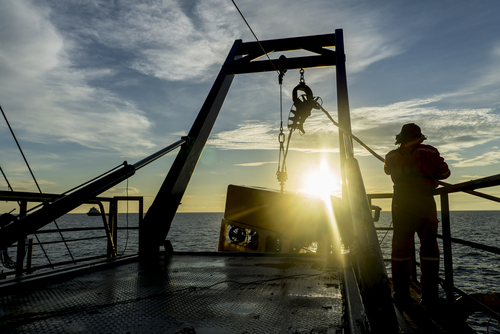
WORK EXECUTION
SAMPHIRE SUBSEA CASE STUDY
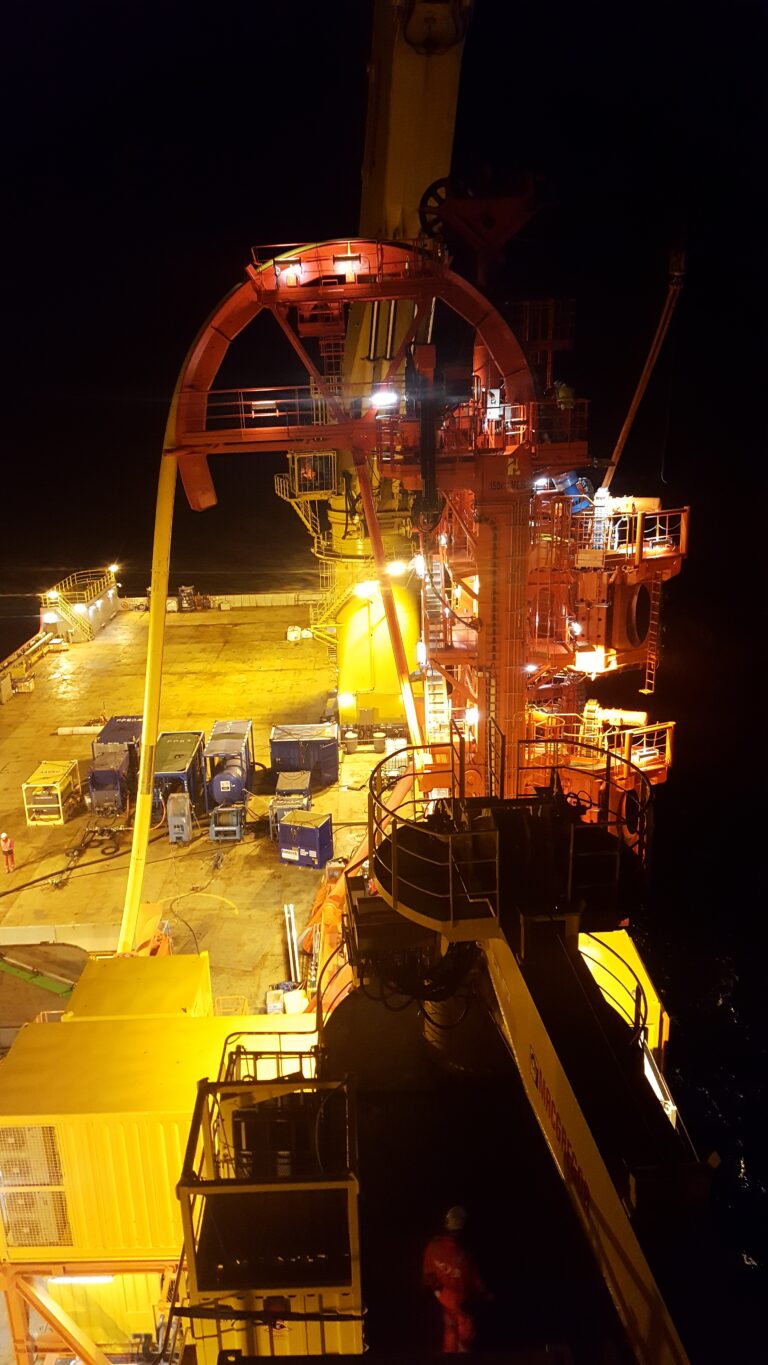
Challenge
Once work approval has been granted for maintenance or plant modifications, the effectiveness of the solution and work procedure can impact the asset performance and costs.
Selecting the best overall solution is critical and can have a major impact on plant down time or costs. Even with the right solution, focus on execution is necessary to help deliver the best / most efficient overall work programme.
Solution
Samphire has recently delivered the management of riser replacement works and umbilical installation for a mid-tier operator. This provided several opportunities for solution selection and development as well as execution delivery which had a direct impact on the work execution plan and costs. The key areas that were subject to critical reviews were:
- Single vessel solution
- Umbilical temporary storage
- Riser base clamp pipe retrofit
Result
The riser base clamp work was designed to minimise scope offshore through retrofit onto the new riser head direct to the structure. The risk around fitment and existing infrastructure had to be managed through early metrology and adjustment through the campaign to ensure it could be accommodated within the asset outage window.
PIGGING CAMPAIGN MANAGEMENT
SAMPHIRE SUBSEA CASE STUDY
Challenge
After 15 years in operation, in order to support life extension actual quantified data was required for a production pipeline system. The pipeline system was configured as a loop with flexible steep wave risers. The topsides equipment although partially in place had never been used since the original asset commissioning phase.
Samphire was engaged to manage the engineering and execution of the inspection pigging campaign. The plan was to fully assess the existing pigging equipment and execute the campaign from topsides.With a target of execution aligned at the end of the asset shutdown, time was of the essence and contractor selection / pigging strategy had to be pulled together quickly. Since the lines had never been pigged before, a low risk strategy was developed to manage the key areas; debris, general cleaning and pigging through flexibles.
Solution
Samphire worked through the topsides equipment checks and readiness, contractor selection for cleaning tools and inspection.
Work execution was managed through tool development and testing, onshore desk reviews and the execution of the offshore campaign.
Result
The campaign was successfully delivered on time, in budget and incident free.
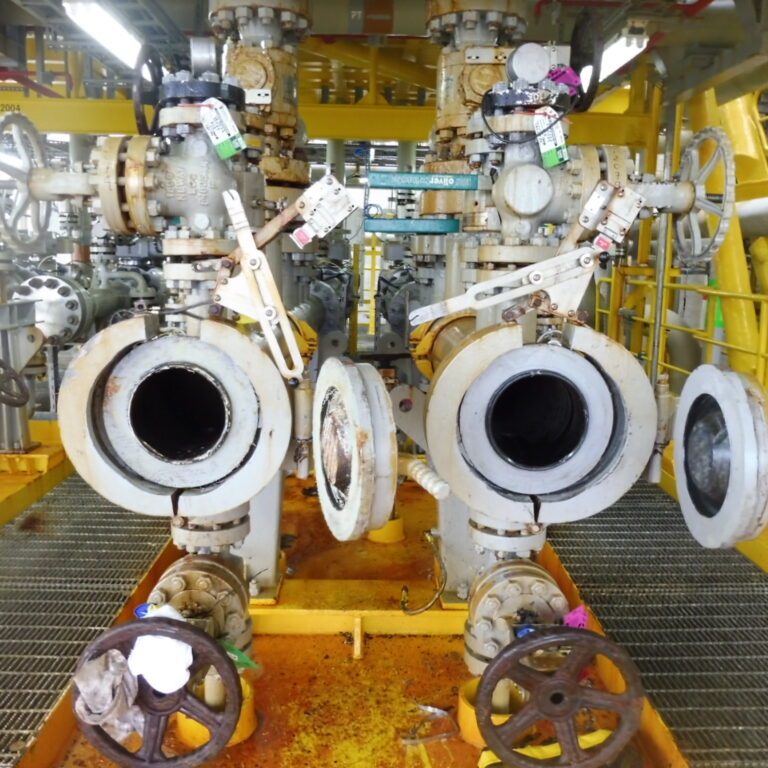
SUBSEA CONTROLS OBSOLESCENCE
SAMPHIRE SUBSEA CASE STUDY
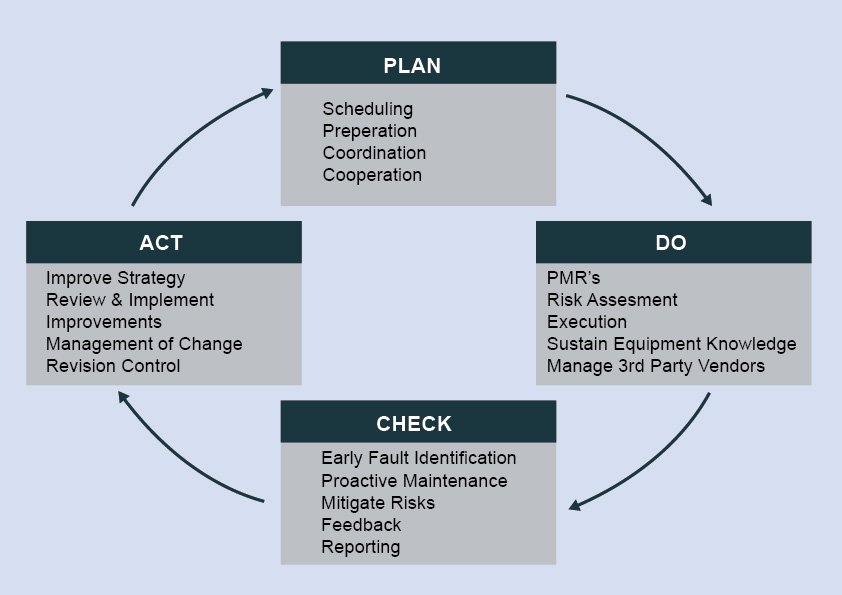
Challenge
A Northern North Sea asset has a Control System of early 90’s design. The asset end of field life had extended significantly and the control system was now obsolete.
The OEM could no longer guarantee support to the system and although the client had spares for some of the key components there was a real business risk from failure.
Samphire was engaged to support the review of the system risks and assess the alternative service support options from suppliers focused on the mature asset market.
Solution
The options were quite limited for the topsides MCS apart from replacing the complete top end control system. Given the nature of the alternative suppliers an assessment was undertaken to highlight all key issues associated with the change and eventually a smaller dynamic contractor focused on the mature asset market was selected for the replacement top end control system.
Result
Relevant mitigations were progressed to ensure the alternative solution was robust and did not expose the business to further risks. Ultimately this represented a good solution for the asset, the provision of a functional system at significantly less cost.
